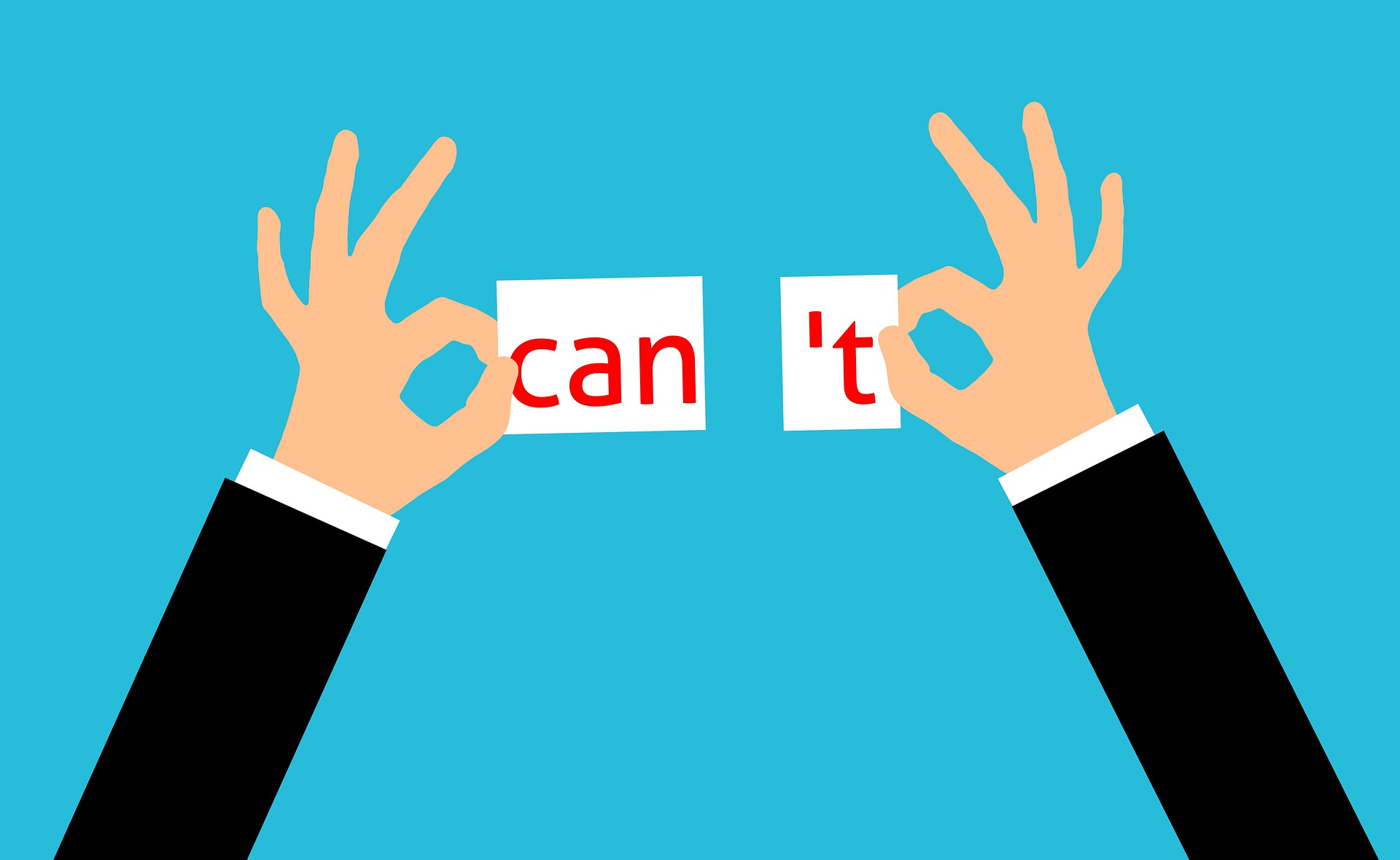Agile Organizations
In general, agility is the ability to move quickly and easily. In a business setting, we define organizational agility as the ability of an entire organization (especially its leadership team) to adapt quickly to market changes. Organizational agility requires the motivation to scan the external environment and the skills to shift corresponding strategies, cultures, and talent. We all seem to need more agile mindsets at work.
The opposite of an agile organization is a company that is frozen in place, leaders who do not actively involve stakeholders in creating new ways, and employees who resist change.
With change a constant for most companies, experienced change management consultants know that the most flexible and agile organizations will succeed in the long term.
Enabling Agility
What does an agile organization look like? What are its trademarks? Here are five trademark features of the agile mindset at work based upon data from our change management simulation:
- A Shared Purpose and Vision
Agile organizations set a meaningful company purpose and create a shared corporate vision that creates value with and for all stakeholders — customers, employees, investors, partners, and communities. They regularly evaluate their business to ensure strategic clarity, a high performance culture, and the best utilization of top talent.
With a shared purpose and vision as the true north, agile companies are able to shift as needed to meet the ever-changing needs of their constituents without straying too far from their core.
- Empowered Teams
Leaders of agile organizations understand the power of creating a network of empowered teams that are aligned, accountable, collaborative, fully capable, and transparent. Empowered teams don’t need to be micromanaged; they figure out together what they need to do to deliver results without fear of straying too far off course.
- Readiness to Try New Things
Embedded in the culture is a willingness to try new things and continuously learn at work even when there is a degree of risk. No one can be sure of the future, but you can be sure that unless you are ready to deal with some uncertainty and grab hold of a new opportunity, you will never reach your full potential.
- Empowered Employees
Agile organizations believe in empowering their employees. They have confidence in their employee’s ability to own the problem, make sound decisions, and, guided by the organization’s co-created purpose and vision, work with their colleagues to find meaningful solutions.
- Technology as an Enabler of Value Creation
Those organizations that are poised to shift as needed to meet new challenges don’t see technology simply as a supporting capability. Instead, technology is fully integrated into every aspect of the organization. Technology can help identify and react to emerging business and stakeholder needs.
The Bottom Line
Agile organizations are built for change and maintain a competitive advantage due to their responsiveness to current and future market and customer expectations. Look objectively at your organization. Are you agile enough to succeed in the constantly changing market and customer landscape?
To learn more about how to create more agile mindsets at work, download A New Way to Think About Change Agility: The Agile Organization
